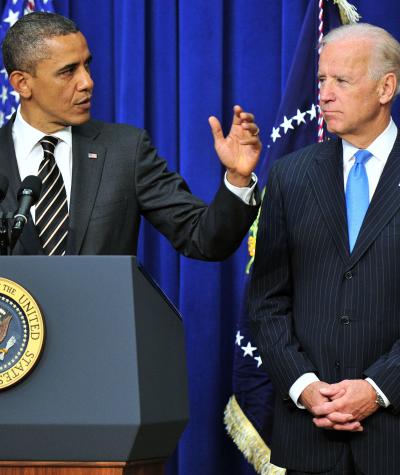The Stop Trading on Congressional Knowledge (STOCK) Act was signed into law by former President Barack Obama on April 4, 2012. Ten years later, it is time to take stock of the STOCK Act.
The STOCK Act had three principal objectives: increase public trust in Congress, increase transparency by providing the public with real-time disclosure of lawmakers’ stock trades and penalize members for insider trading.
A decade after its passage, the STOCK Act has failed to meet those goals.
Two polls in 2021 found that most Americans across party and ideological lines support banning congressional stock trading, indicating that trust in Congress has not increased.
While the law has provided greater transparency into the stock trading activities of our elected officials, late or missing filings defeat the purpose of real-time disclosure: to notify the public of possible insider trading or conflicts of interest.
Moreover, no member of Congress has ever been prosecuted for insider trading under the STOCK Act, despite credible allegations of its occurrence. Read CLC’s (“Taking Stock of the STOCK Act” for more.)
It has become painfully clear that transparency alone is not enough to achieve the STOCK Act’s main goals. The proof is in the numbers. In the 117th Congress, 53% of Congress owned individual stock, making way for countless conflicts of interest with their sponsored legislation or committee assignments.
The total value of the 117th Congress’ stock transactions? A whopping $631 million. This means the public can’t be sure if decisions by members of Congress were being made in the public’s interest or in the interest of the lawmakers’ stock portfolios. (Read CLC’s “Congressional Stock Trading By The Numbers” for more.)
After ten years with the STOCK Act as the only way lawmakers’ stock trading is regulated, reform options have begun to proliferate. All of them have pros and cons.
The most sure-fire way to prevent members of Congress from having conflicts of interest is to ban stock ownership by lawmakers altogether. Requiring the use of a qualified blind trust is another way to reduce the possibility of conflicts of interest. (Read CLC’s “Pros and Cons” for more.)
Regardless of what route members of Congress take, they must act now. A decade of the STOCK Act has shown us that this law simply is not enough to reduce the appearance and actual occurrence of corruption. If Congress cares about the public’s trust, this will be the 10th — and last — anniversary of the STOCK Act as we know it.

